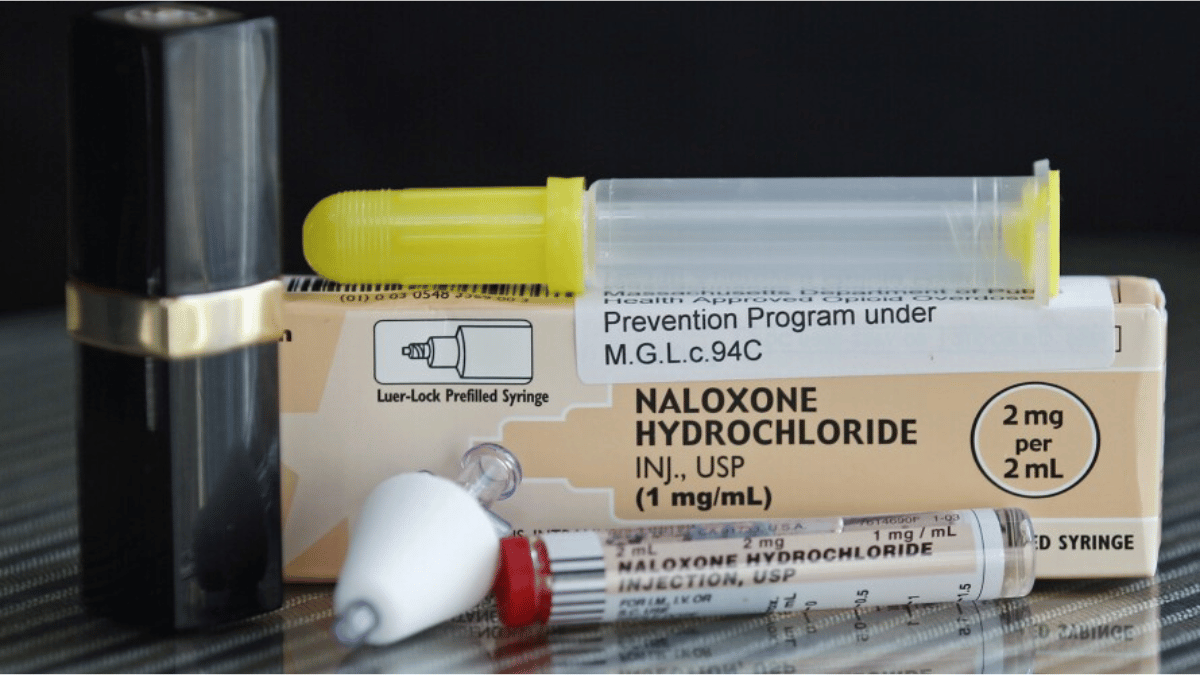More than 300 West Virginians on Medicaid overdosed between 2014 and 2016. Researchers from Johns Hopkins School of Public Health wanted to see what kind of care those people got afterward.
They found that only about 10 percent of people who experienced a non-fatal overdose received appropriate follow-up and treatment after the overdose. Follow-up might be helping the person get on medication-assisted treatment, treatment for other psychiatric disorders and office visits. Kara Lofton spoke with Neel Koyawala – one of the study’s authors – via FaceTime about the findings and what they mean.
KOYAWALA: So the main the main implication of the study is that opioid overdoses are major life events and big opportunities for the healthcare system to increase appropriate treatment for individuals who experienced an overdose. So, this could be through funding programs that could connect people to care better, making sure there’s adequate access or capacity, following people over time to make sure they’re connected…among other things.
LOFTON: I found your study pretty surprising because we have had in the last couple of years, a push to do things like instill Quick Response Teams in communities. So 72 hours after an overdose, a team will go to a front door and might, you know, say: “Hey, I know you overdosed. Are you ready to be in treatment?” And of course, it’s not in every community, but they are present in the biggest communities in West Virginia. And it sounds like even with those initiatives, it’s still a small percentage of people getting treatment.
KOYAWALA: Yeah, we were similarly surprised to find such low levels of treatment. In fact, we were hoping to do further investigation to patterns of treatment after overdose. But we just couldn’t study that because so few people were getting treated.
LOFTON: What are the implications for a study like this? I mean what do you hope that comes out of it?
KOYAWALA: I think the biggest thing is just having first more awareness that few people are getting appropriate treatment after an overdose. I think people take it for granted that okay, the healthcare system must be responding. But we’re clearly not doing enough despite the significance of the opioid crisis right now. So, I think that’s the big one of the big takeaways is just raising awareness that there’s still a huge gap.
Second, I think looking at how healthcare systems can use emergency rooms to better respond and connect people with care. Are their protocols? Are their ability to follow up with people one week after two weeks after an overdose, even through a phone call or increasing programs that — like the rapid response treatment that you were mentioning.
Third, I think there’s opportunities to use peers who have benefited from appropriate treatment for opioid use disorder and kind of use them as advocates, peer advocates, who can start breaking down the stigma of what it means to get treated and any confusion around treatment and how successful these treatments can be.
I think the healthcare system also can build more capacity for mental health care and care for opioid use disorder.
Lastly, sometimes there’s just, there’s just stigma around these issues. And I think it’s important to realize that this is part of care for people, it’s a part of medical care and thinking about some more holistically not just thinking about the opioid use disorder, also the other psychiatric condition that someone may face because we didn’t see much change in those, in care for other psych conditions either. It’s kind of a holistic approach.
Editor’s Note: It should be noted that the data analysis doesn’t take into account recent efforts to change the stats. In December of 2017, Huntington launched a “quick response team” to try and address some of these issues. In the spring of 2018, Charleston launched their own program with funds from the Department of Health and Human Resources. A few months later, the DHHR awarded two more grants in southern and central WV to expand quick response teams. Koyawala said Johns Hopkins plans on evaluating the new data as it becomes available.
Further Research
The Johns Hopkins study isn’t the only one looking at opioid overdose deaths this year.
To date, most of the efforts to impact the opioid epidemic have been on restricting access to opioids by changing opioid prescribing guidelines and law enforcement approaches. But a new collaborative study from Penn State and Boston University School of Medicine found that approach is having a modest effect, at best, on the number of opioid overdose deaths.
The authors took data from the National Survey on Drug Use and Health and the Centers for Disease Control and Prevention to develop a simulated model for the opioid crisis. The goal was to project what opioid overdose deaths might look like in the next decade if the same approach for tackling the crisis was continued.
They found that under the status quo, the total number of opioid overdose deaths in the United states would increase 147 percent from 2015-2025. The majority of those deaths would be from illicit opioid use. During the same time period, deaths from prescription opioid use declined marginally. They project opioid overdose deaths to peak in 2022 and then remain pretty stable thereafter.
The authors say the model shows that none of the current, studied interventions are likely to bring down overdose deaths to where they are today. So, to actually make a dent in the problem, federal and state governments are going to have to implement a more intensive multi-pronged approach that implements prevention, treatment and harm reduction simultaneously.
The study was published this month in the online Journal of the American Medical Association.
Appalachia Health News is a project of West Virginia Public Broadcasting, with support from Marshall Health and Charleston Area Medical Center.
